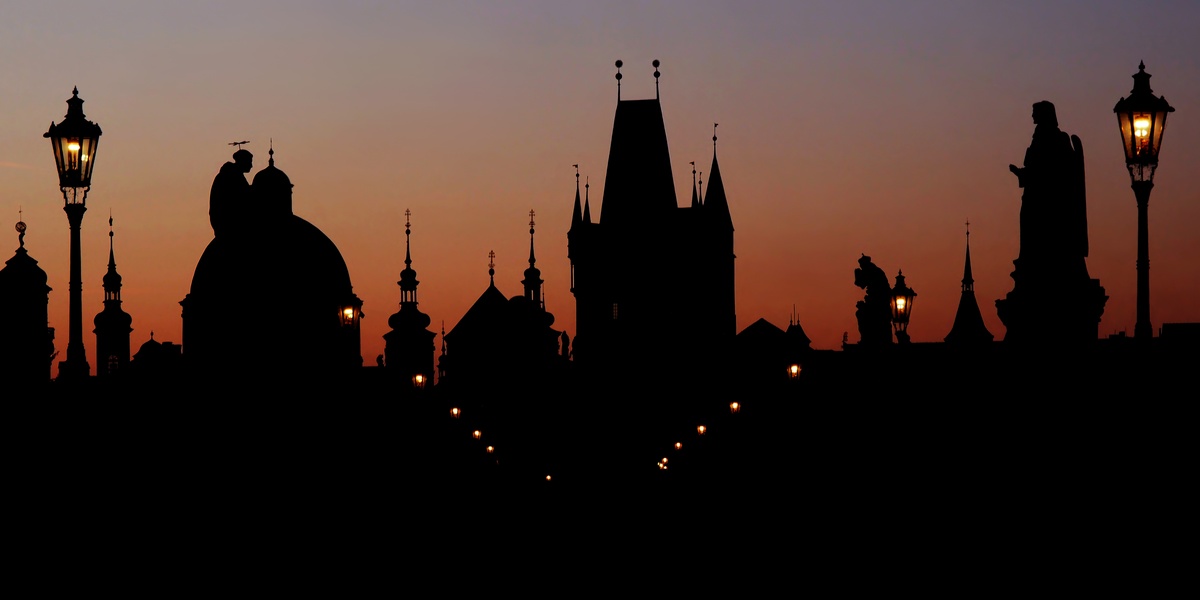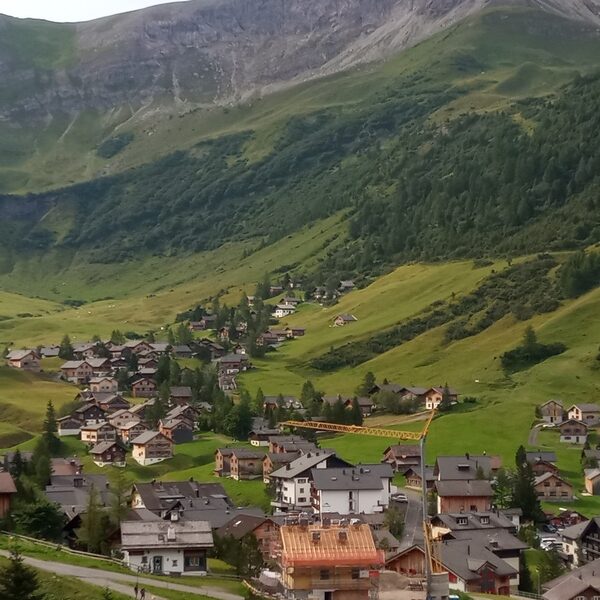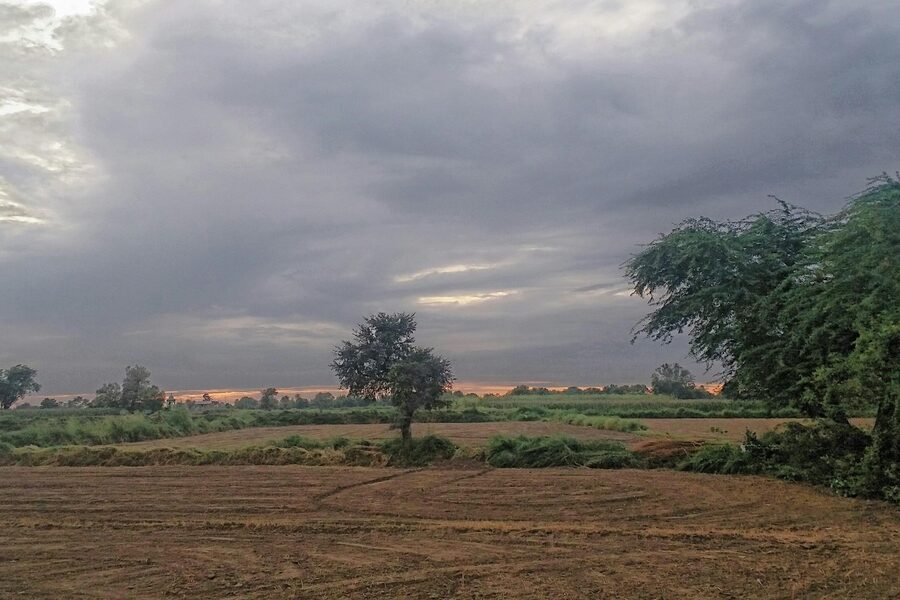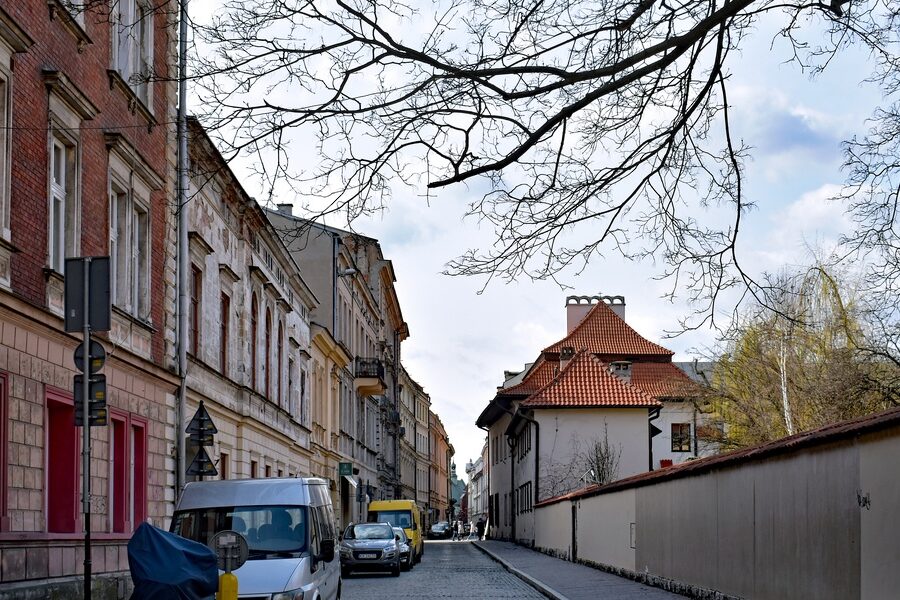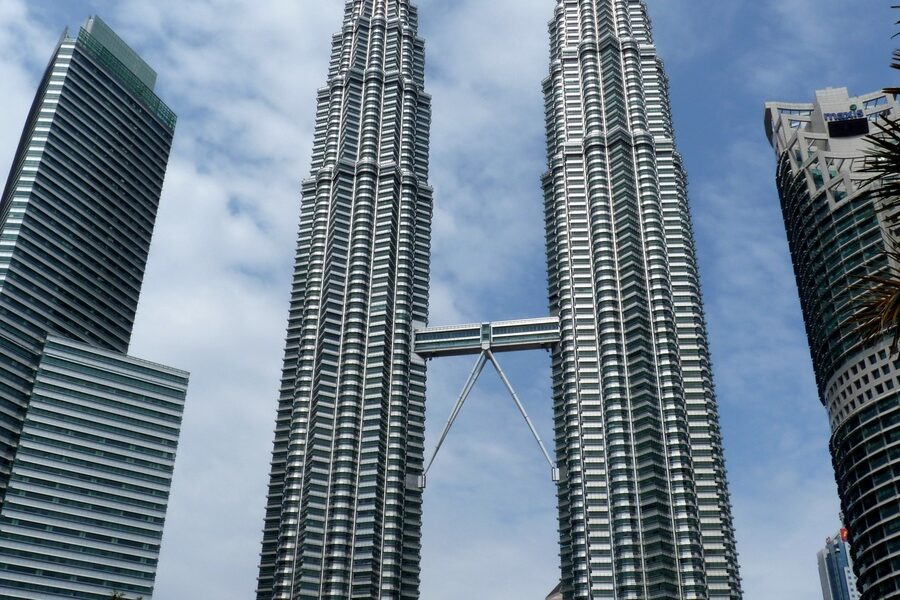Prague’s skyline is anchored by a castle complex with origins stretching back more than a thousand years, and the city’s well-preserved historic center was designated a UNESCO World Heritage Site in 1992.
With a population of roughly 1.3 million, Prague attracts job-seekers, students, and long-term expats from across Europe and beyond. The city offers a memorable mix of history, culture, and modern amenities — but like any popular European capital it also brings trade-offs in cost, bureaucracy, and seasonal weather. This piece lays out five clear advantages and five drawbacks so you can decide whether Prague fits your life, and it includes practical examples and next steps for anyone considering a move.
Pros — Lifestyle & Culture

1. Rich history and architecture
Prague’s built environment and layered history are major draws for residents. The city center contains medieval, Gothic, Renaissance, and Baroque streetscapes that earned UNESCO recognition in 1992.
Landmarks such as Prague Castle, Charles Bridge, and St. Vitus Cathedral sit within easy reach of many neighborhoods, so scenic commutes and heritage-rich weekend walks are part of daily life for locals.
That abundance of historic fabric also means heavy tourist foot traffic in core districts, but it creates plentiful heritage-based leisure options—museums, guided walks, and outdoor concerts—right on your doorstep.
2. Vibrant cultural scene and year-round events
Prague has an active calendar of music, theatre, and gallery offerings, anchored by institutions like the Czech Philharmonic and the National Theatre.
Major events such as the Prague Spring International Music Festival (running since 1946) bring international artists, while contemporary venues like DOX Centre for Contemporary Art keep the programing fresh for residents.
For people living in the city that translates to regular inexpensive concerts, discounted student and local tickets, and plenty of free outdoor events in summer—good value for cultural lifestyle seekers.
3. Walkability and efficient public transport
Prague is highly walkable in many central neighborhoods and is served by an integrated public-transport system: three metro lines, an extensive tram network (20+ routes), and buses covering gaps.
That infrastructure lowers the need for a car, shortens commutes within the inner districts, and makes errands simple in areas like Vinohrady, Letná, or Malá Strana.
Practically, expect reliable 30–40 minute commutes across the city, easy access to grocery shops and cafés on foot, and affordable monthly passes for frequent travelers.
Pros — Practical advantages
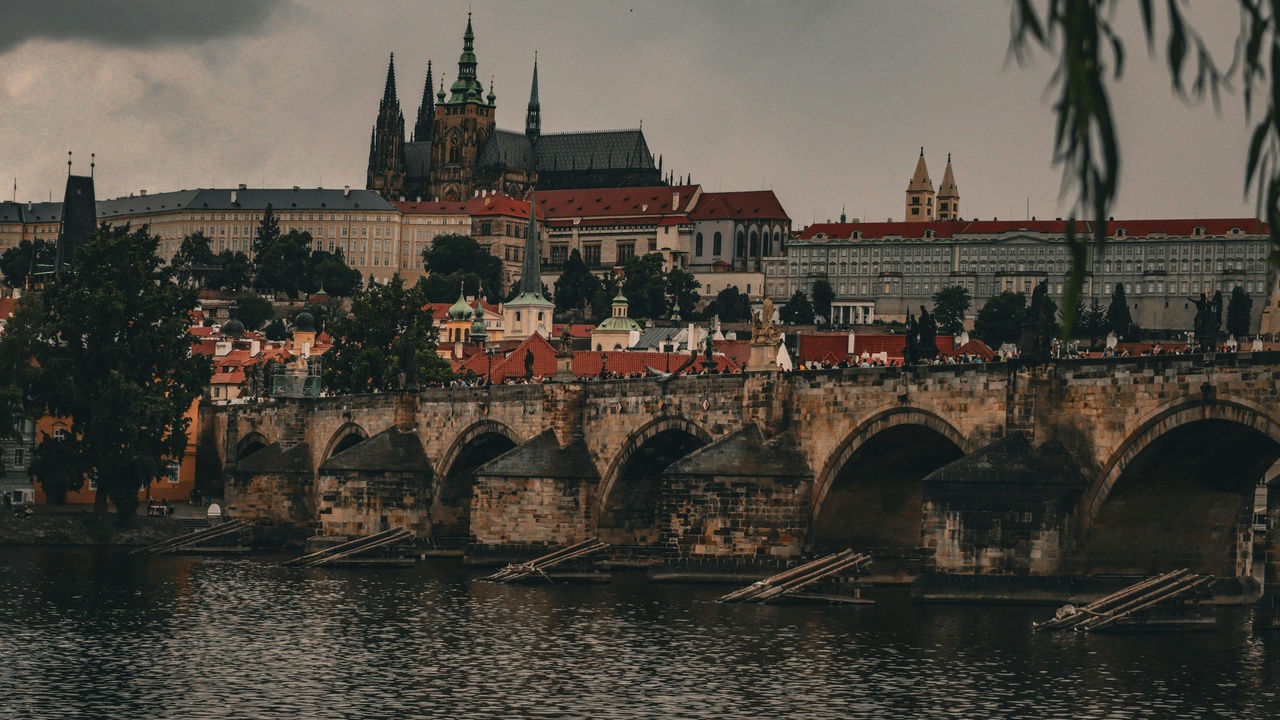
4. Strong tech scene and job opportunities
Prague has emerged as a regional tech hub with a mix of homegrown firms and startups alongside foreign investment.
Recognizable Czech companies such as Avast, Seznam, and Kiwi.com coexist with coworking spaces and accelerators in Karlín and Holešovice, creating opportunities for English-speaking professionals and freelancers.
For residents that means a range of job options, networking events, and an ecosystem where founding or joining a startup is feasible without leaving the city.
5. Healthcare and educational institutions
Prague offers solid public healthcare and long-established universities. Motol University Hospital is a large tertiary center serving residents, and Charles University, founded in 1348, is one of Europe’s oldest universities.
International students will find English-language programs in medicine and other fields, while expats have access to both public clinics (with insurance) and private practices that accept international patients.
Practical note: new residents should register for health insurance promptly and bring key documents (ID, previous insurance records) when visiting clinics to speed up enrollment.
Cons — Cost, housing, and tourism pressures
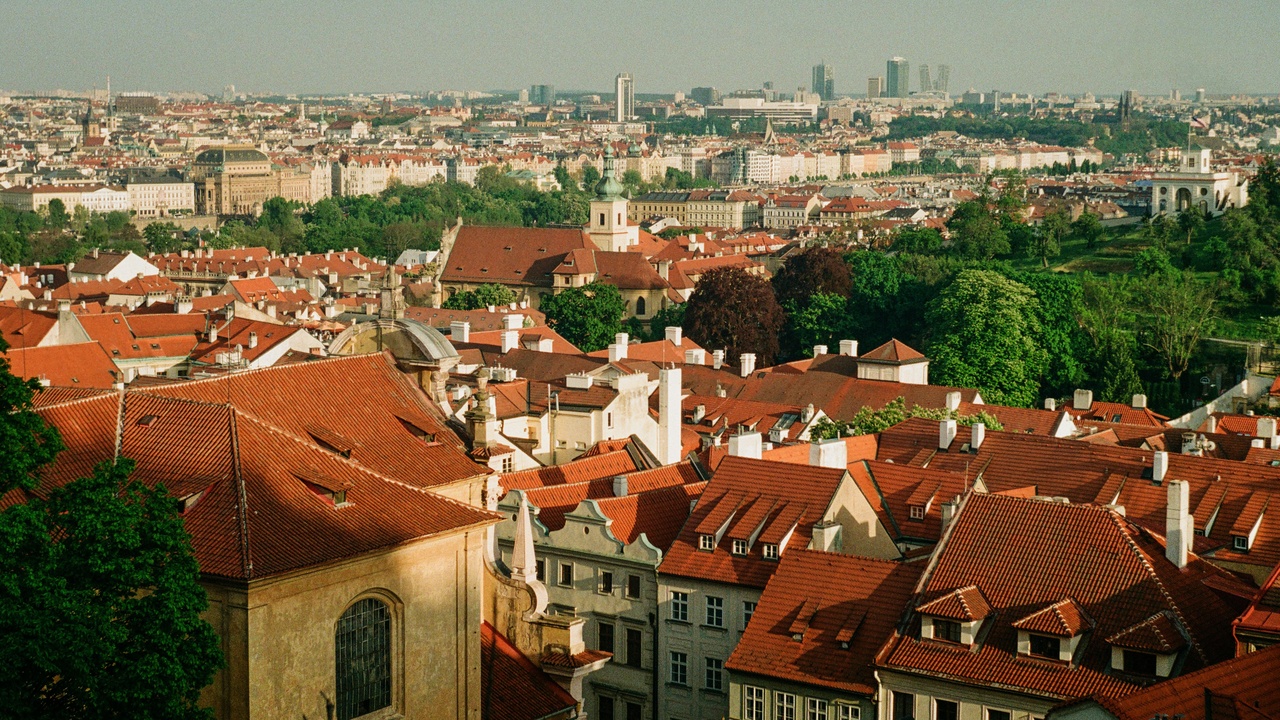
6. Rising rents and housing shortage
As Prague’s economy and popularity have grown, rental and property prices have risen, especially in Prague 1 and other central districts.
Competition for well-located, well-priced flats is real; many seekers report starting searches 60–90 days before a move and working with local agents to find options in Žižkov, Vršovice, or other outer neighborhoods for better value.
Expect paperwork, references, and sometimes a deposit equal to one or two months’ rent; budgeting carefully and preparing documents in advance makes the process smoother.
7. Tourist crowds and seasonality
Prague draws millions of visitors each year, with strong seasonality from spring through early autumn that concentrates crowds in the Old Town and around Charles Bridge.
For residents this means busy public spaces, longer waits at popular restaurants, and upward pressure on short-term rental prices in the center during peak months.
Tips: visit major sights early in the morning, head to local refuges like Letná Park or Stromovka for quiet, and consider living a few tram stops outside Prague 1 to avoid the worst of the crowds.
Cons — Practical challenges of daily life

8. Language barrier and social integration
Czech is not widely spoken outside Central Europe, and learning it makes many daily interactions easier.
English is common in tech, tourism, and among younger Prague residents, but municipal offices, some medical clinics, and many landlords prefer Czech—so basic language skills help with paperwork and social integration.
Practical steps: enroll in evening Czech classes, use language apps, and join expat meetups or volunteer groups to build local friendships and confidence.
9. Bureaucracy: permits, registration, and paperwork
Routine administrative tasks can be document-heavy and slow. Typical steps include registering your address at city hall, applying for a residence permit or card with the foreign police, and enrolling in the public health-insurance system.
Appointments can take time and often require translated or notarized documents, so book slots early, bring both digital and paper copies, and check official sources for current requirements.
Pro tip: prepare apostilled documents when possible, and ask employers or universities for a checklist to streamline bank account setup and local registrations.
10. Winters, weather, and occasional air-quality issues
Winters in Prague are chilly and often gray; average January temperatures hover around -1°C to 0°C, and daylight hours are short.
Cold, darker months can affect mood and outdoor activity, and on some winter days particulate pollution can rise—especially during temperature inversions.
Ways to cope: choose well-insulated flats, invest in winter boots and a warm coat, monitor local air-quality indexes, and plan regular daylight outings or vitamin D supplements if needed.
Summary
- Prague blends deep historic character and an active cultural life with practical perks like three metro lines, strong hospitals, and a growing tech scene.
- Drawbacks include rising housing costs in central districts, heavy tourism in the Old Town, and everyday frictions such as Czech-language requirements and document-heavy bureaucracy.
- If your priorities are culture, transit, and job opportunities, Prague is a strong match; if cost, year-round quiet, or warm winters matter more, look at alternatives or outer neighborhoods.
- Next steps: plan a 1–2 week scouting trip, join expat forums to ask about neighborhood trade-offs, and start housing searches 60–90 days before a move while preparing translated documents for registrations.
- Weigh the pros and cons of living in Prague against your personal priorities, then make a short reconnaissance visit to test daily routines and commutes.

